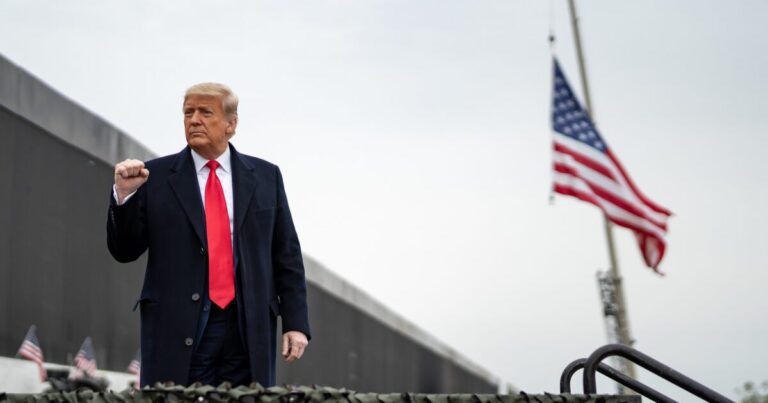Effective Changes in U.S. Border Policies: A Focus on Unaccompanied Minors
Introduction to Border Policy Shifts
Recent updates to U.S. border policies have sparked considerable discussions, particularly regarding the remarkable decline in the number of unaccompanied alien children entering the country. The data reflects a staggering 93% drop in their apprehension figures, signaling a significant transformation in handling such cases.
Key Highlights
- July 2024 vs. July 2025:
- 2024 Apprehensions: 7,501 unaccompanied children
- 2025 Apprehensions: 515 unaccompanied children
This steep decline suggests the effectiveness of new measures introduced to mitigate child smuggling and protect vulnerable youths.
Understanding the Decline in Border Apprehensions
According to a report from Breitbart, U.S. border officials recorded only 515 children and youths being picked up in July 2025, a significant reduction from the prior year’s numbers. This change has crucial implications for educational institutions, many of which have struggled with overcrowded conditions, largely attributed to the sustained high levels of smuggling encouraged under previous administrations.
The Costs of Mismanaged Policies
The previous administration’s pro-migration strategies have faced scrutiny for:
- Potentially endangering thousands of migrants
- Harming the economies of several impoverished countries
With this backdrop, the Trump administration implemented a series of anti-smuggling measures that require sponsors of unaccompanied minors to submit:
- Fingerprints
- DNA tests
- Financial documentation
This comprehensive vetting process aims to ensure better protection for minors.
Prioritizing the Safety of Vulnerable Children
Tricia McLaughlin, a spokesperson for Homeland Security, emphasized the department’s commitment to protecting children who were released under the previous administration. This new focus reflects an acknowledgment of the potential risks faced by unaccompanied minors during their journey and after their arrival in the U.S.
Regulatory Changes to Ensure Safety
- A federal watchdog report highlighted the challenges faced by the Biden administration with an influx of migrant children in 2021.
- To address these issues, the Trump administration deployed Homeland Security and FBI agents to visit families and minors in government shelters.
Additional Measures for Child Safety
A recent directive now allows Immigration and Customs Enforcement (ICE) to conduct interviews with children in government-operated shelters. This change took effect on July 2 and is designed to protect the welfare of unaccompanied minors.
Legal Representation and Challenges
While ICE claims to provide legal counsel to minors, reports from child legal advocates indicate:
- Children often receive as little as one hour’s notice for interviews.
- Many are unaware of the interview’s purpose and may be misled by officials.
Conclusion: Moving Forward
The measures enacted under the Trump administration reflect a concerted effort to address longstanding issues surrounding unaccompanied minors at the U.S. border. As statistics indicate a significant drop in apprehensions, it remains crucial to continue evaluating and improving policies that safeguard vulnerable populations.
For more in-depth analysis and updates on border policies and child welfare, follow credible sources like AP News and Breitbart.
These changes and ongoing dialogue signify a critical juncture for U.S. border policy, with significant implications for the future treatment of unaccompanied minors.


